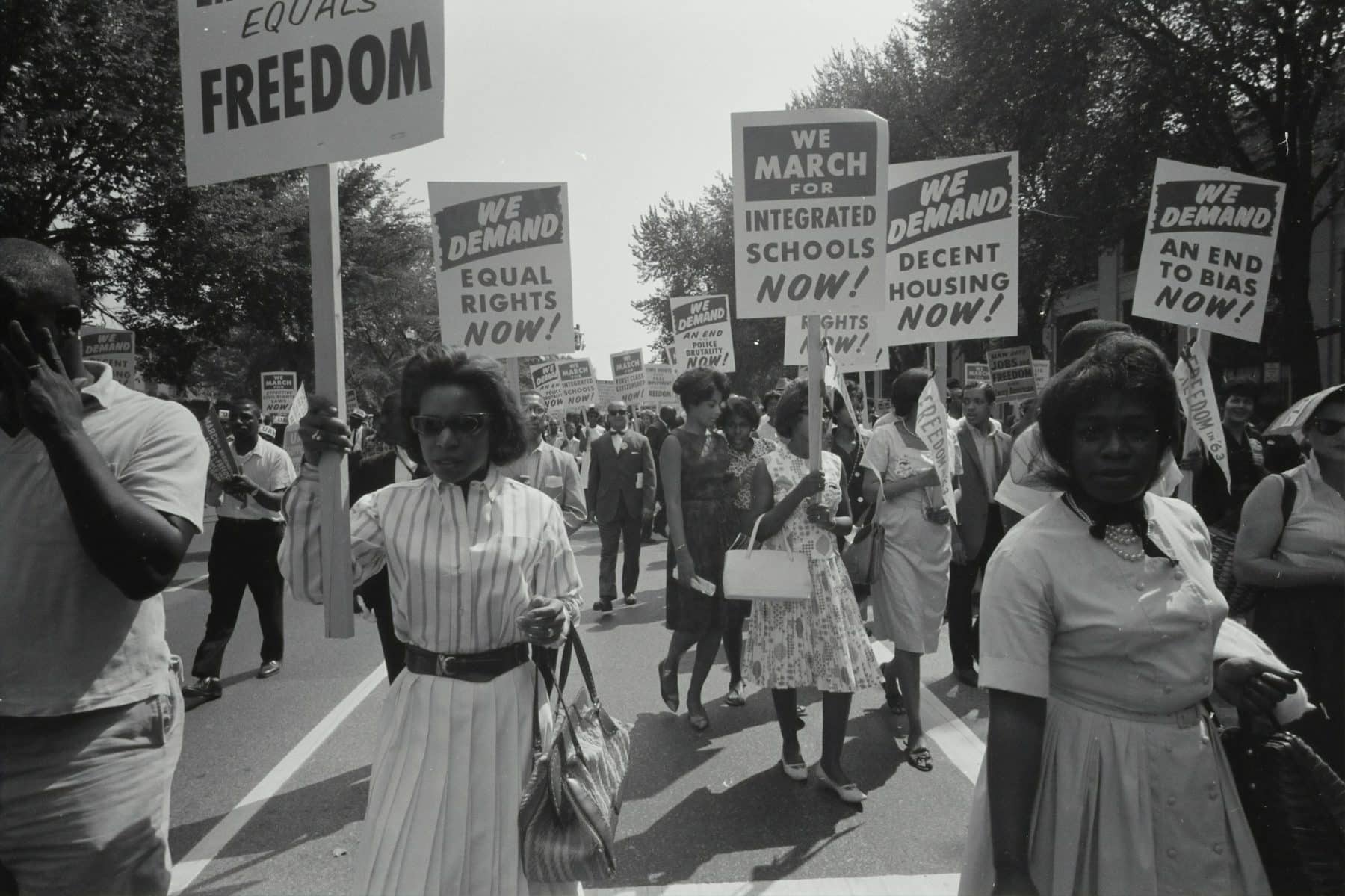
Topic
Equity
What is equity? Can it be measured? How and when does the issue come up in housing, education, employment, public utilities, and more? How are community organizations, grant-making institutions, and policymakers working to advance equity?
The Latest

Targeting First-Generation Homebuyers Is a Great Way to Direct Downpayment Assistance—And It Could Be Better
The proposed program could shrink the racial homeownership gap while serving a wide cross-section of people. But it only addresses some of the results of past discrimination.
Explore Articles in this Topic
Search & Filter Within this Topic
filter by Content Type
filter by Date Range
search by Keyword

Sweeps Aren’t Outreach—Policing Homelessness Still Doesn’t Work
A new study shines light on the connection between homeless outreach teams and policing, and examines why so many cities are still using resident complaints to guide their response to the homelessness crisis.
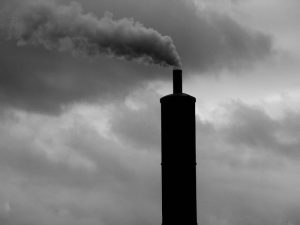
Making Housing More Accessible for People With Multiple Chemical Sensitivities
Accessibility for this challenging disability can look different from other measures—but addressing it could help improve everyone’s health.
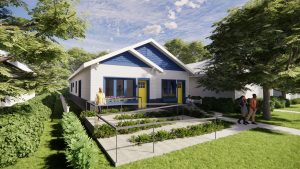
The [Un]Affordability of Accessibility: The Challenge of Retrofitting American Homes
Home modifications vary greatly in form and cost, a challenge for disabled residents whose homes aren’t accessible to them.

Accessible Housing Is Not Just About How Buildings Are Built
The ways in which buildings are managed after they are built also affects how accessible and inclusive they are.
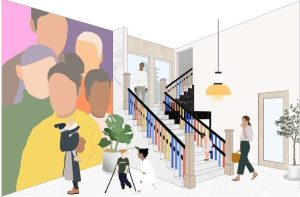
Cross-Disability Design Makes Housing Better for Everyone
Affordable housing projects should incorporate a range of accessibility features, going above and beyond code requirements.
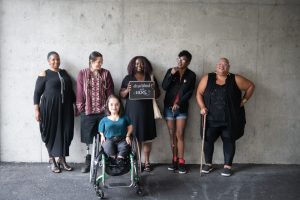
Which U.S. Laws Require Accessibility in Housing—And How Well Do They Do?
Activists have been fighting for decades to expand accessible housing for disabled residents. They’ve made progress, but say that current regulations and enforcement don’t go far enough.
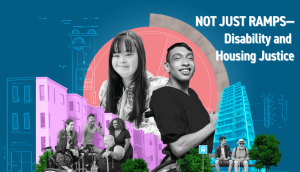
Disability Justice and Equity in Housing
Welcome to Shelterforce’s newest Under the Lens series, Not Just Ramps—Disability and Housing Justice. This introductory article lays out why the connection between disability and affordable housing is so strong, and why it’s so important for housers to understand.
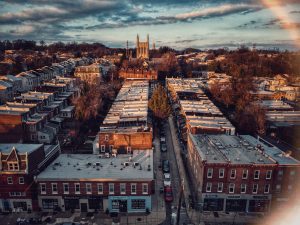
Appraisal Bias Is the Fair Housing Issue of the Day
Newly released data on home appraisal practices is a step forward in the fight against racially biased appraisals. There’s still a long way to go.
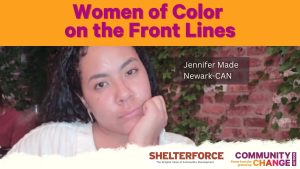
Building Community Power in Newark, NJ
Jennifer Made started organizing at 13 and began feeding her community at 19, an effort that grew into the Newark Community Action Network.
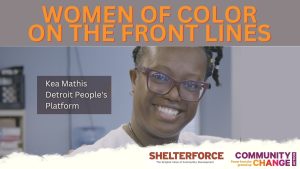
Through Her Eyes: Community Organizing in Detroit
Kea Mathis organizes alongside tenants—mostly Black, women-led households—to create and support affordable, quality housing. “It is very hard . . . as a Black woman here, to be the one to try to ask the question first or stand up first,” says Mathis.
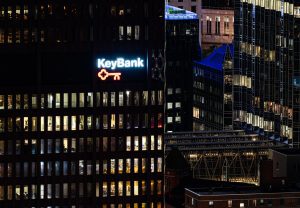
NCRC Claims KeyBank Broke Promises, Failed Black Homeowners
Who is responsible for evaluating whether groups adhere to promises made in a community benefits agreement (CBA)? Is there any recourse for those who don’t get what they were promised? And what lessons can we take away from the KeyBank CBA?

Bordering Towns in LA County Clash Over Their Homeless Policies
Local governments often come to different conclusions about how to address homelessness within their respective city borders. Varying approaches only exacerbate the problem.
